The majestic big cats—lions, tigers, leopards, and cheetahs—have long captured our imaginations and hearts. However, these magnificent creatures face an uncertain future due to numerous threats like habitat loss, poaching, and climate change. This article delves into the urgent actions needed to secure a future for these incredible animals. For cat enthusiasts and conservationists alike, understanding and acting upon these points is crucial to making a difference.
Understanding the Magnitude of Threats
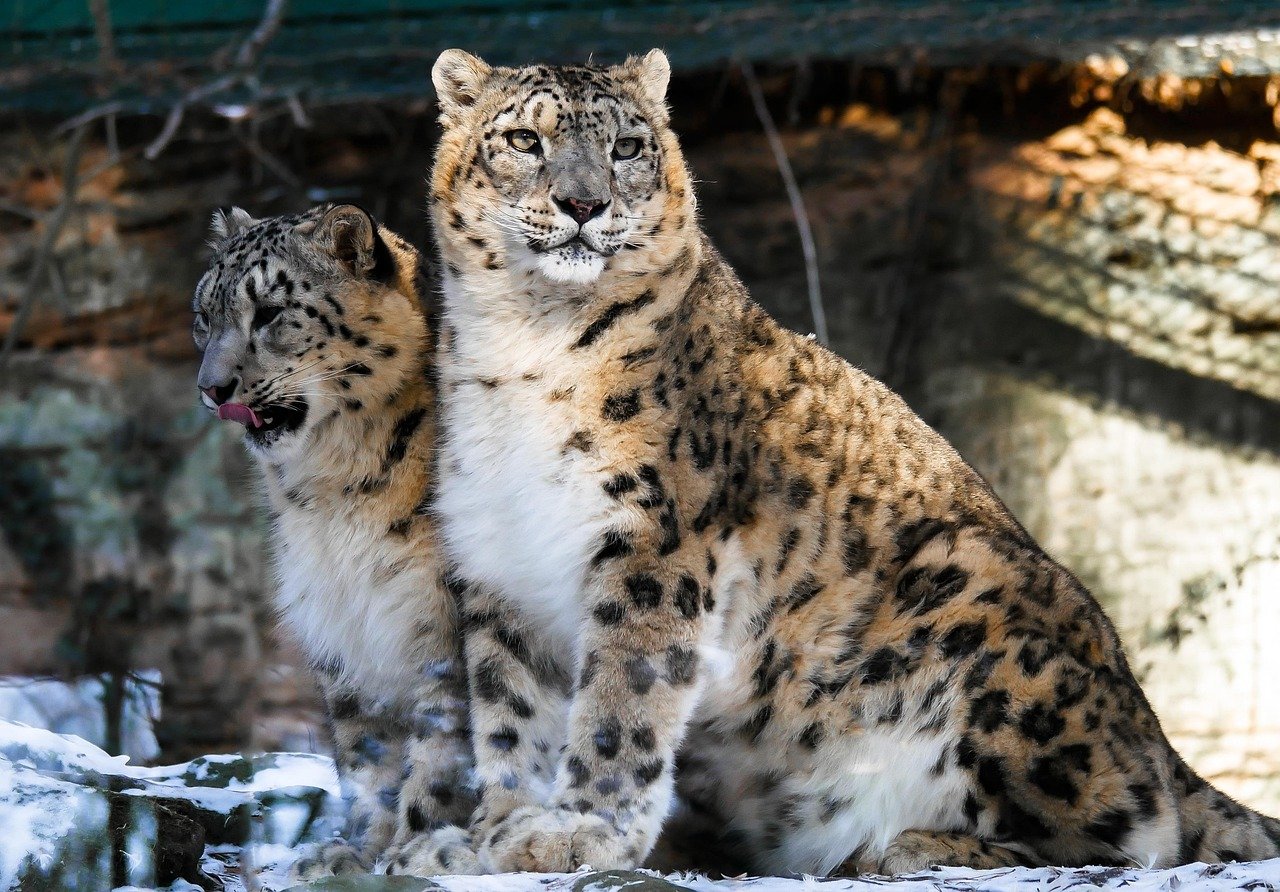
Before diving into solutions, it’s crucial to grasp the scale of the threats big cats face. Habitat destruction, largely driven by human activity, remains the leading cause of their decline. Urban expansion, agriculture, and deforestation are eating away at their natural environments. Poaching for fur and body parts adds another layer of danger, as does the illegal wildlife trade. Each of these factors alone is perilous, but together they create a dire situation for big cats. To ensure their survival, it’s vital to address each threat comprehensively.
The Role of Protected Areas
Protected areas are a cornerstone of big cat conservation. These zones offer a safe haven where cats can roam freely without the threat of human encroachment. Establishing new protected areas and expanding existing ones can make a significant difference. However, protection goes beyond mere designation. Effective management and adequate funding are essential to ensure these areas serve their purpose. By prioritizing protected areas, we offer big cats a fighting chance at survival.
Community Involvement in Conservation
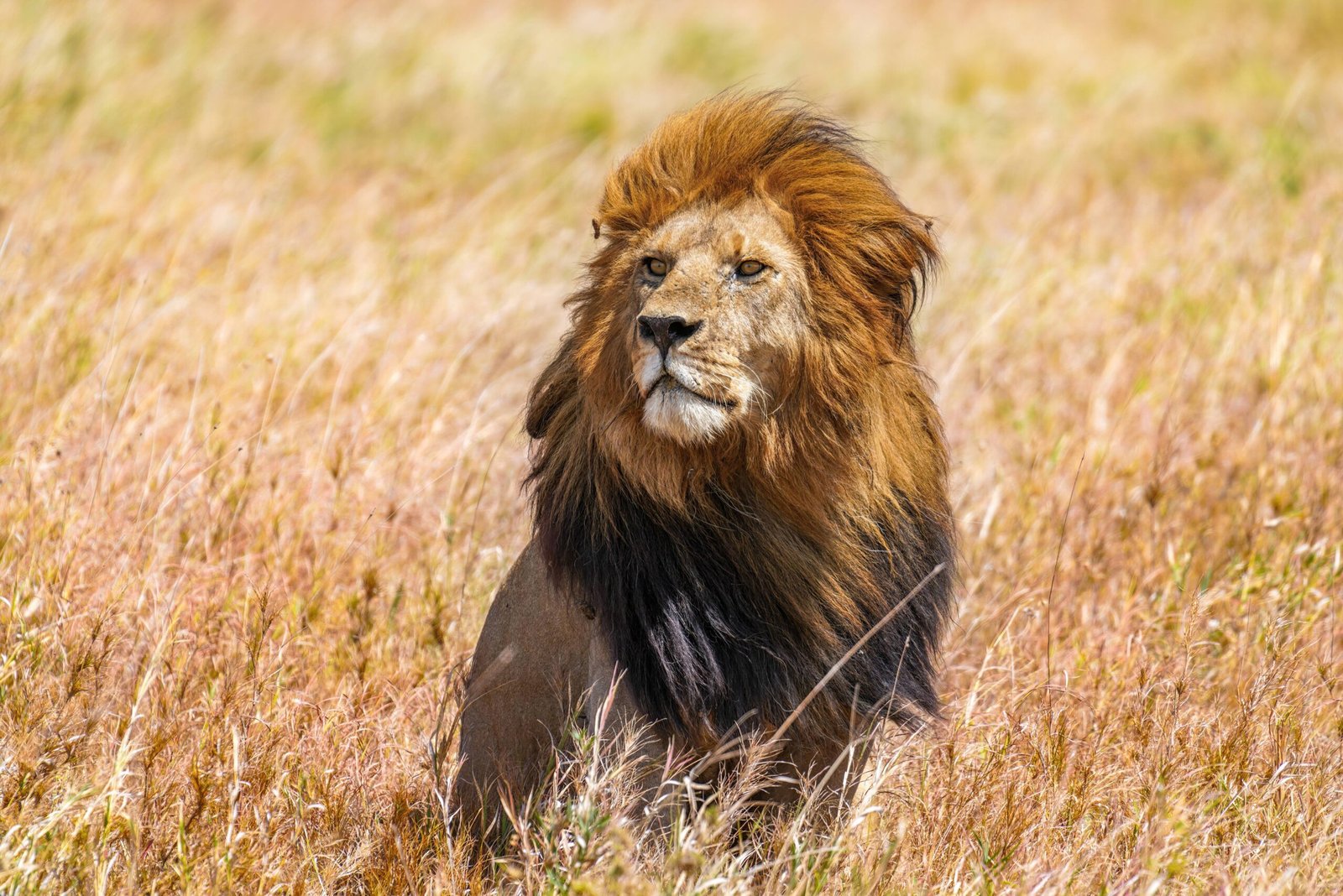
Engaging local communities is fundamental to successful conservation efforts. After all, these are the people who share their environment with big cats. By involving them in conservation activities, they become allies in the fight to save these majestic creatures. This can include educational programs, employment opportunities in eco-tourism, and community-led monitoring projects. When communities see the tangible benefits of conservation, they are more likely to support and participate in these efforts.
Innovative Anti-Poaching Strategies
Poaching remains a significant threat to big cats, but innovative strategies can make a difference. Technology plays a crucial role in this fight. Drones, cameras, and even artificial intelligence are being employed to monitor and catch poachers in the act. Community ranger programs also offer a promising solution. By training local people to act as guardians of their wildlife, we can create a robust defense against poaching. These strategies are not only effective but also sustainable in the long run.
Addressing Human-Wildlife Conflict
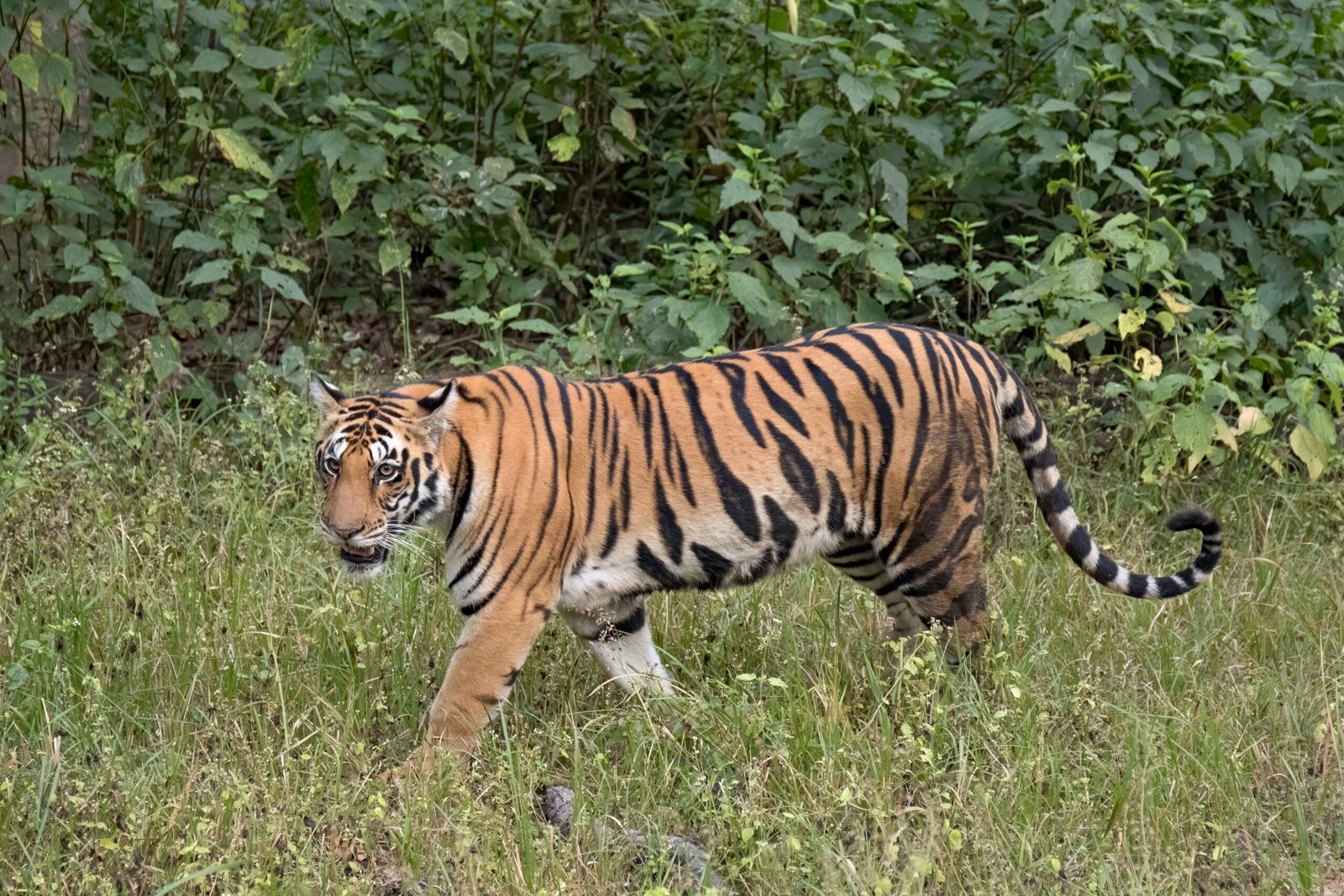
Human-wildlife conflict is a complex issue needing urgent attention. As human populations grow, so do interactions with big cats. These encounters can lead to livestock loss, which in turn fuels retaliatory killings of big cats. To mitigate this, innovative solutions like predator-proof enclosures and compensation schemes can be implemented. By addressing this conflict, we not only save big cats but also improve the livelihoods of local communities.
The Importance of Genetic Diversity

Genetic diversity is crucial for the survival of any species, and big cats are no exception. Inbreeding can lead to reduced fertility and increased susceptibility to disease. Conservation programs must prioritize maintaining healthy gene pools. This can be achieved by facilitating the movement of individuals between isolated populations. Genetic studies and breeding programs can also play a role in preserving diversity. By focusing on genetics, we ensure the long-term health of big cat populations.
Harnessing Global Partnerships
Conserving big cats is a global responsibility, requiring international cooperation. Partnerships between governments, NGOs, and local communities are essential. Collaborative efforts can lead to shared resources, knowledge exchange, and coordinated action. Global initiatives like the CITES treaty and the Panthera Foundation are examples of how collaboration can lead to significant progress. By working together, we can tackle challenges that no single entity could manage alone.
Raising Awareness and Advocacy
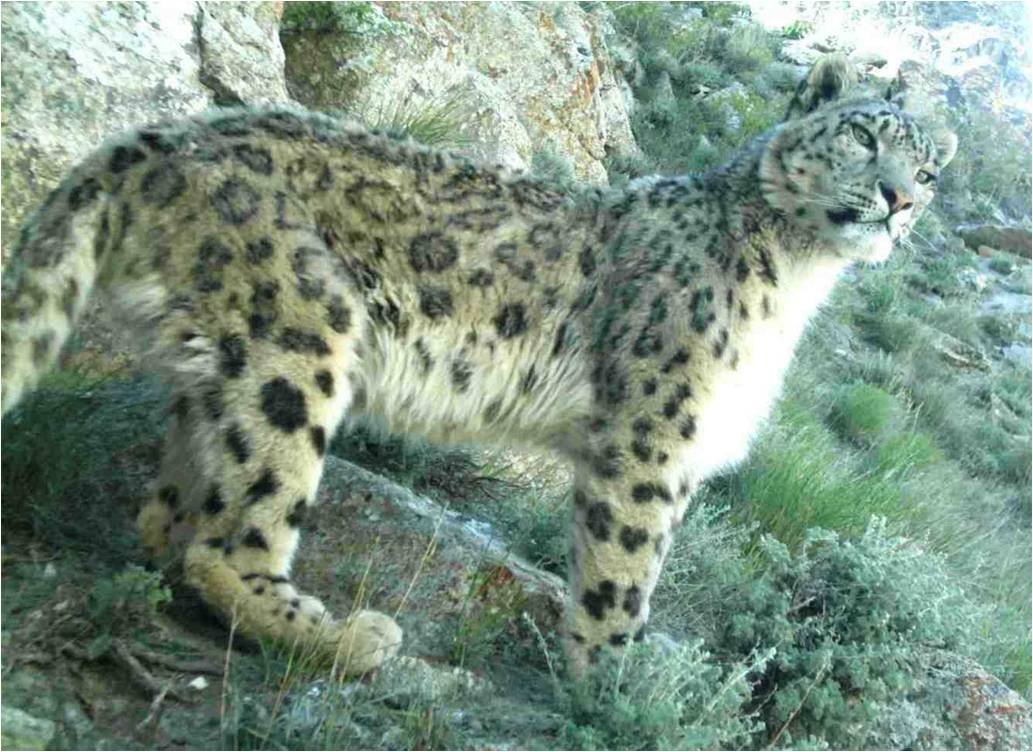
Raising awareness is a powerful tool in conservation. When people are informed, they are more likely to take action. Advocacy campaigns can highlight the plight of big cats and encourage public support. Social media, documentaries, and educational programs are all effective ways to spread the message. By fostering a sense of urgency and responsibility, we can inspire individuals to become advocates for big cats.
Funding: The Lifeline of Conservation
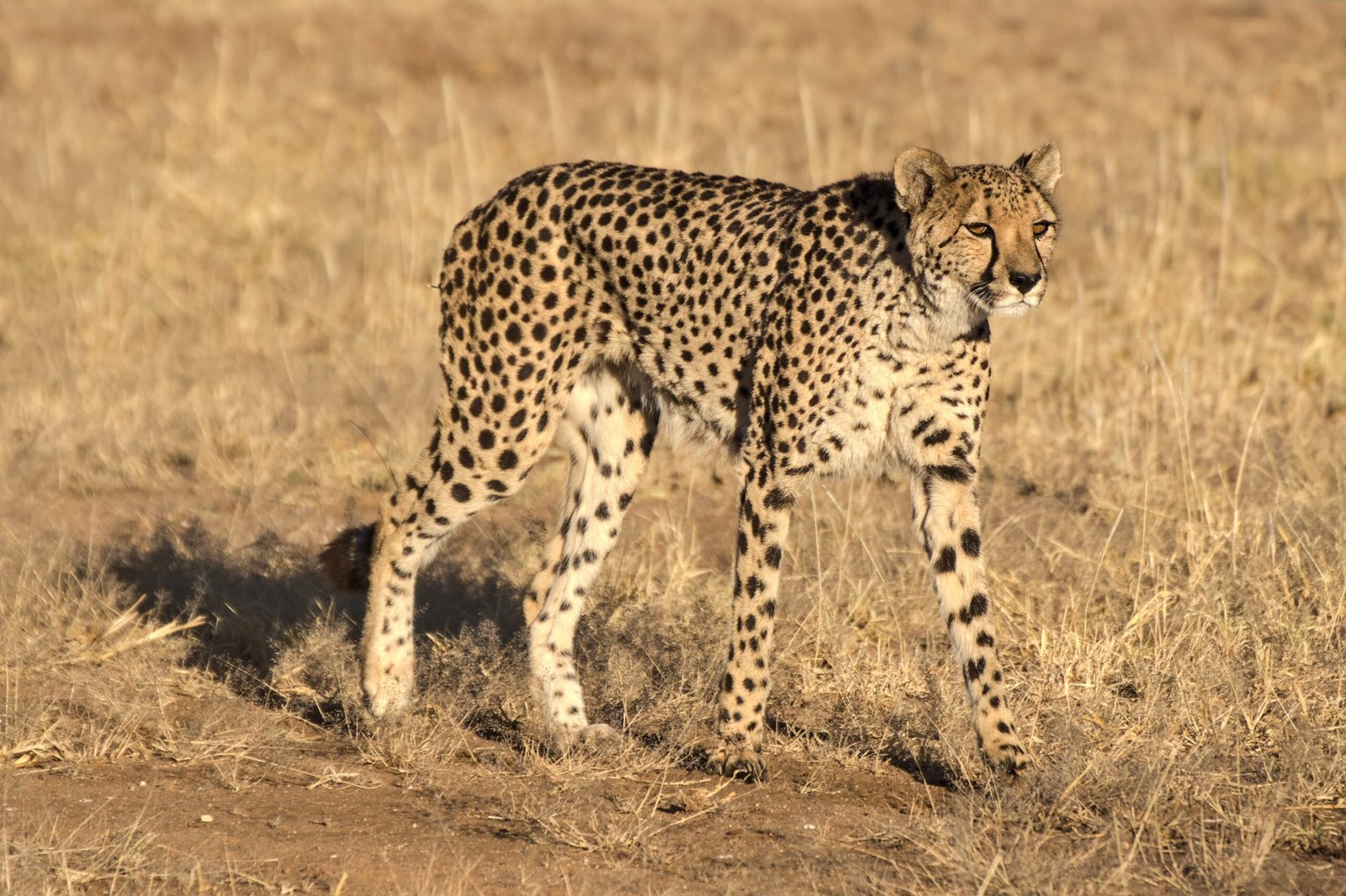
Conservation efforts require substantial funding to be effective. From anti-poaching initiatives to habitat restoration, every aspect of conservation needs financial support. Governments, NGOs, and private entities must prioritize funding for these crucial programs. Innovative funding solutions like wildlife credits and eco-tourism can provide sustainable financial sources. By securing adequate funding, we ensure that conservation efforts are not only launched but also maintained over time.
The Role of Scientific Research
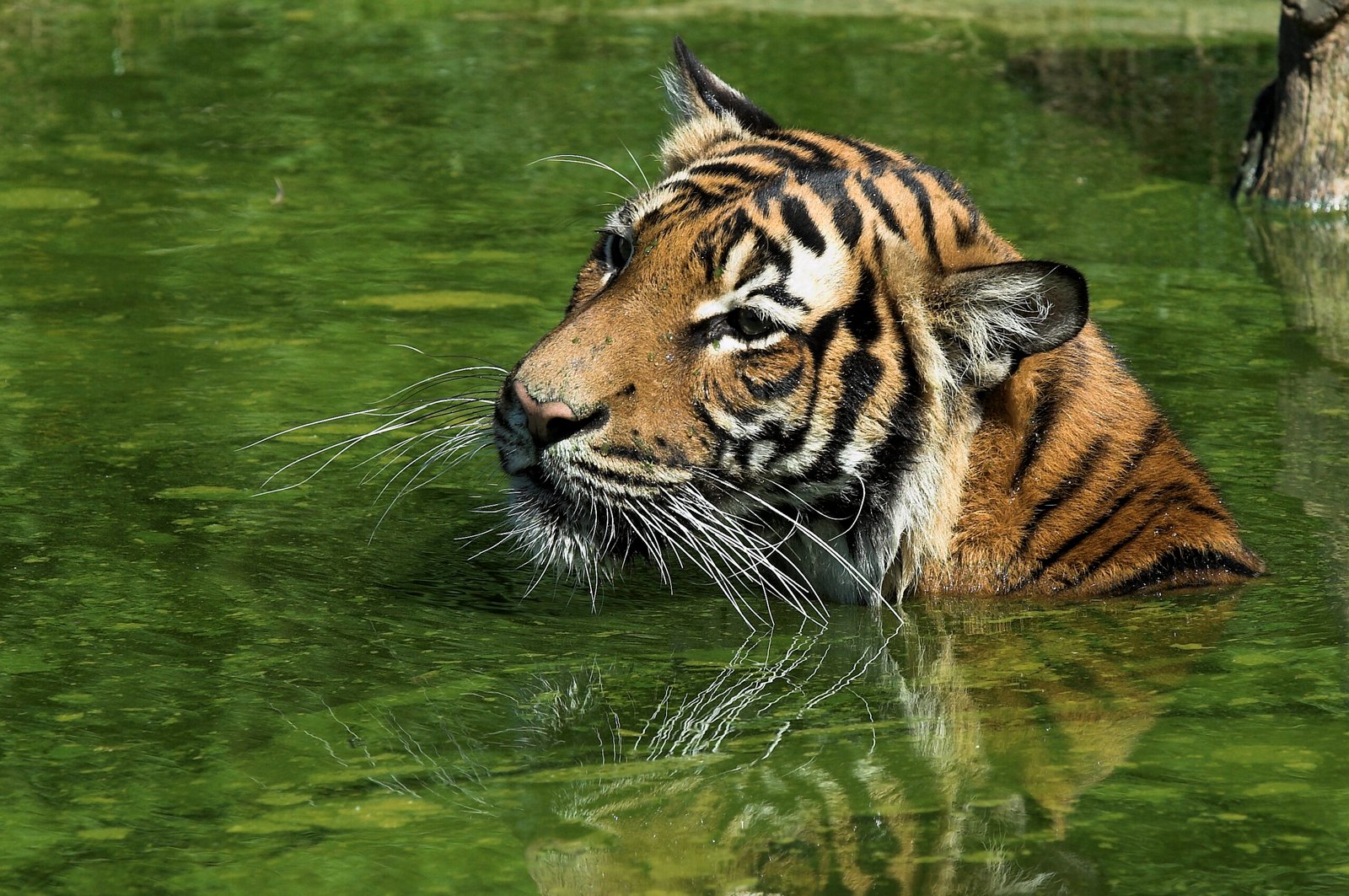
Scientific research is the backbone of effective conservation strategies. Understanding the behaviors, needs, and habitats of big cats informs every aspect of conservation. Research helps identify critical habitats, track population trends, and develop effective management plans. Collaborations between scientists, conservationists, and local communities can lead to groundbreaking discoveries. By prioritizing research, we equip ourselves with the knowledge needed to make informed decisions.
Climate Change: The Overarching Challenge
Climate change poses a significant threat to big cats and their habitats. Changes in weather patterns, prey availability, and habitat conditions directly affect big cat populations. Conservationists must incorporate climate considerations into their strategies. This might involve habitat restoration, migration corridors, and climate-resilient practices. Addressing climate change is critical to ensuring the long-term survival of big cats in a rapidly changing world.
Eco-tourism: A Double-Edged Sword

Eco-tourism can be a powerful conservation tool, but it must be managed carefully. While it provides funding and raises awareness, it can also lead to habitat degradation and disturbance if not regulated. Sustainable eco-tourism practices ensure that tourism benefits both big cats and local communities. Education, guidelines, and community involvement are key to successful eco-tourism programs. By balancing tourism and conservation, we can create a win-win situation for all involved.
Restoring Degraded Habitats
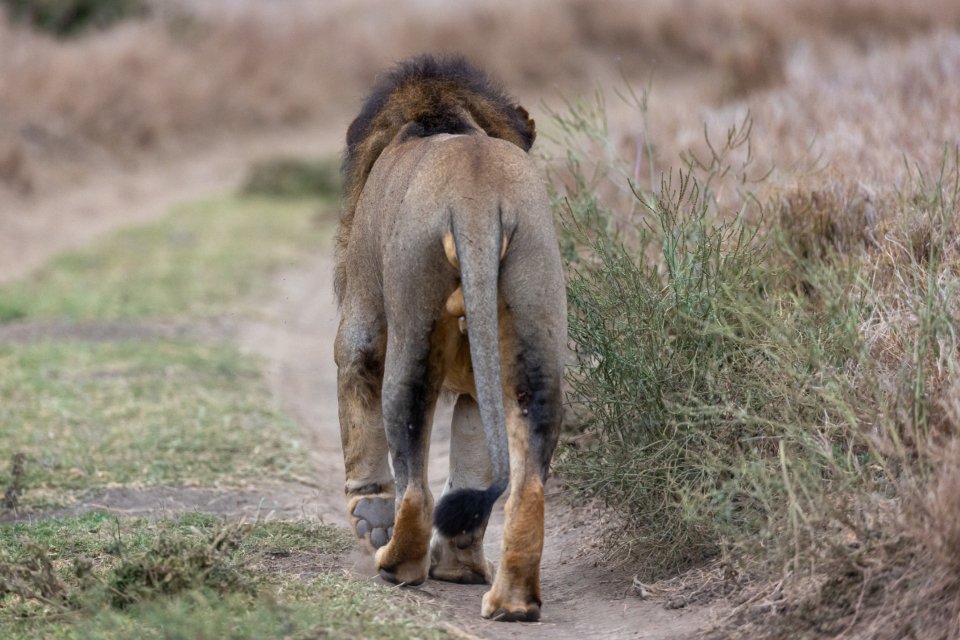
Habitat restoration is a vital component of big cat conservation. Degraded habitats reduce the availability of prey and suitable living conditions for big cats. Restoration efforts can include reforestation, wetland restoration, and the removal of invasive species. These efforts not only benefit big cats but also enhance biodiversity and ecosystem health. By prioritizing habitat restoration, we create environments where big cats can thrive.
Monitoring and Data Collection
Accurate data is essential for effective conservation planning. Monitoring big cat populations and their habitats provides critical insights into their status and needs. Technologies like GPS collars, camera traps, and satellite imagery are invaluable tools in this process. Data collection enables conservationists to track trends, identify threats, and measure the success of interventions. By investing in monitoring, we ensure that our conservation efforts are based on solid evidence.
The Role of Education in Conservation
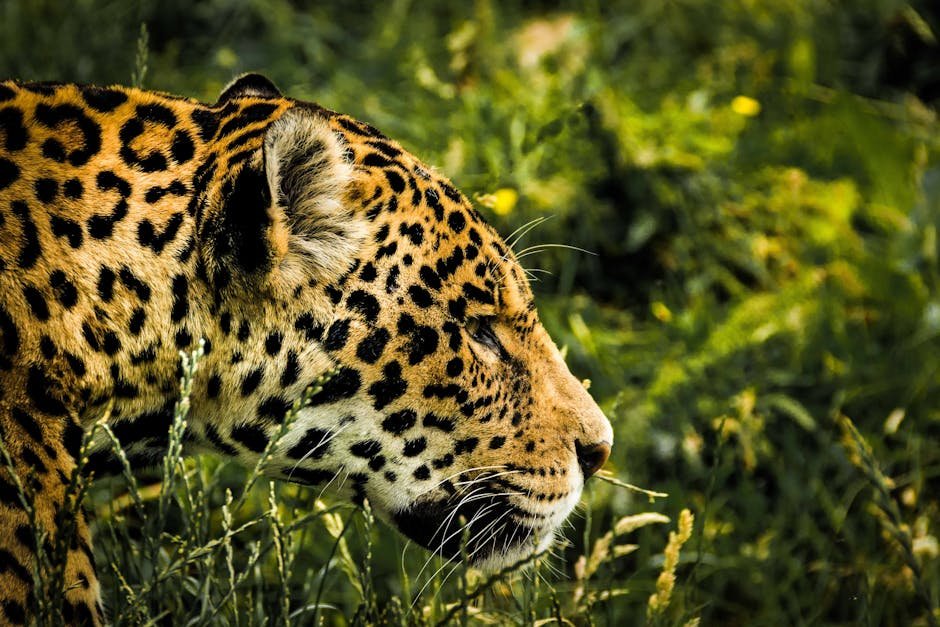
Education is a powerful tool for fostering a conservation mindset. By teaching people about the importance of big cats and the threats they face, we cultivate a culture of care and responsibility. Schools, community programs, and media campaigns can all play a role in education. When people understand the significance of conservation, they are more likely to support and participate in efforts to protect big cats. Education empowers individuals to become champions for wildlife.
Innovative Breeding Programs
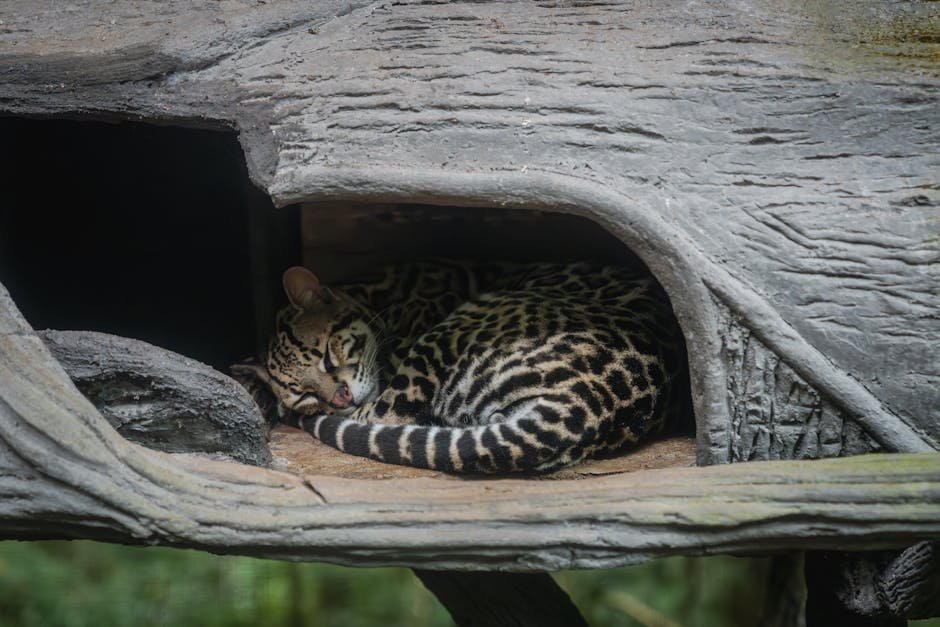
Breeding programs can play a crucial role in maintaining healthy big cat populations. These programs focus on increasing population numbers and preserving genetic diversity. Captive breeding, rewilding, and cross-border collaborations are all strategies used in these programs. By carefully managing breeding programs, we can bolster wild populations and prevent extinction. These efforts are a lifeline for some of the most endangered big cat species.
The Power of Social Media
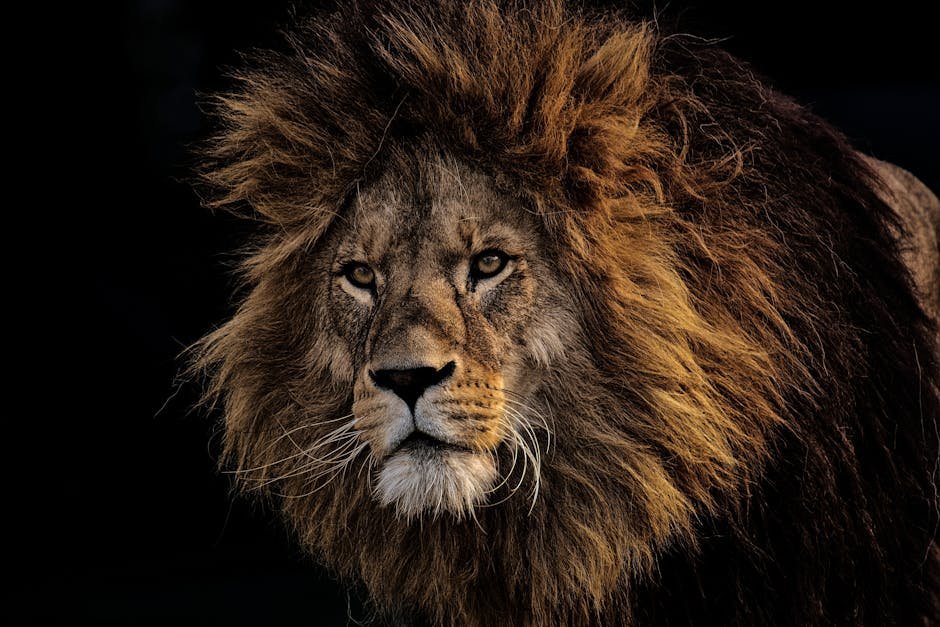
Social media has become a powerful platform for raising awareness and engaging people in conservation. Viral campaigns, influencer partnerships, and educational content can reach vast audiences. By leveraging social media, conservationists can mobilize public support and raise funds for their efforts. The immediacy and reach of social media make it an invaluable tool in the fight to save big cats. By tapping into this resource, we can amplify our conservation message.
Legal Protections and Policy Advocacy
Strong legal protections are essential for safeguarding big cats and their habitats. Laws and policies must be enforced to prevent poaching, habitat destruction, and illegal trade. Advocacy for stronger protections at national and international levels is crucial. Conservationists can work with governments to develop and implement effective policies. By strengthening legal frameworks, we create an environment where big cats can flourish.
Collaborative Conservation Efforts
Collaboration is at the heart of successful conservation. Partnerships between governments, NGOs, scientists, and local communities create a united front against threats to big cats. Sharing resources, expertise, and ideas leads to more effective and comprehensive conservation strategies. By working together, we can overcome challenges that no single entity could tackle alone. Collaboration ensures that conservation efforts are coordinated and impactful.
Innovations in Technology for Conservation
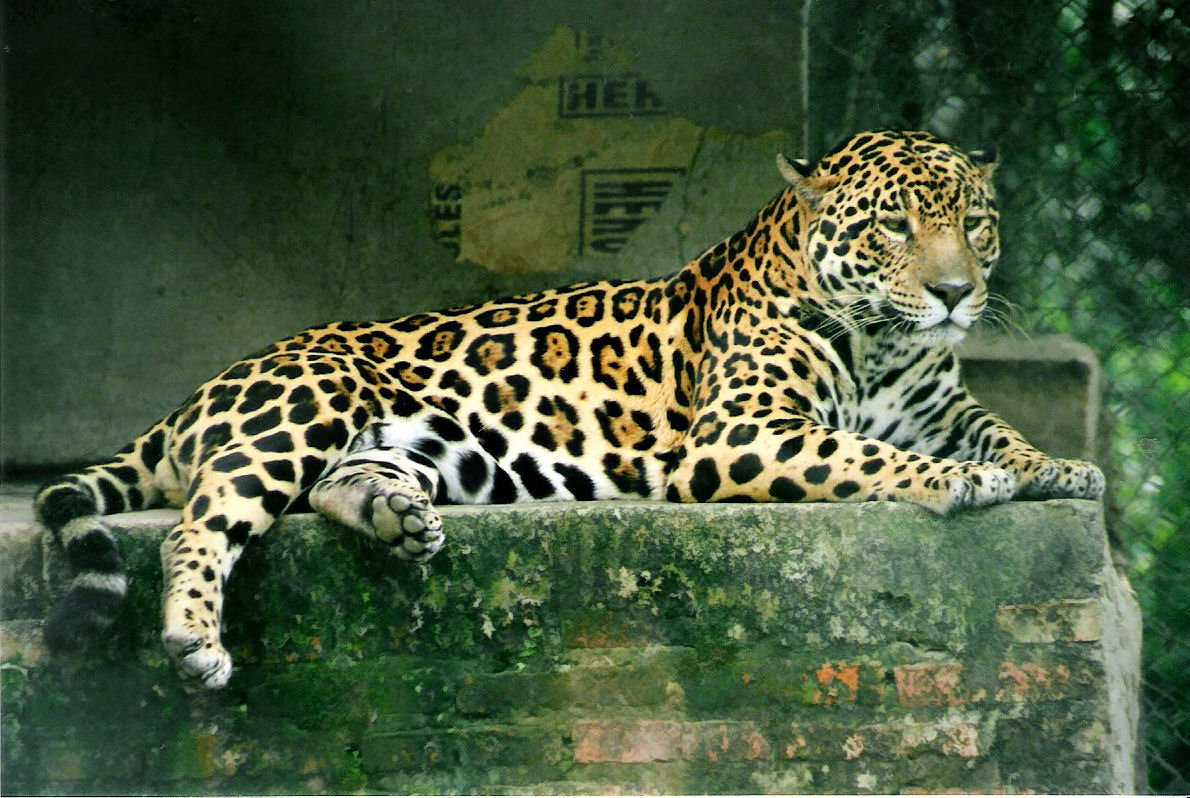
Technological advancements provide new tools for big cat conservation. From drones to AI, technology enhances our ability to monitor, protect, and study these animals. Innovations in tracking, data analysis, and habitat management offer new possibilities for conservation. By embracing technology, we can make our efforts more efficient and effective. These advancements are not just helpful; they are essential in the modern fight to save big cats.
In conclusion, the future of big cat conservation hinges on a multifaceted approach involving protection, community engagement, technology, and global collaboration. Each of these elements plays a critical role in ensuring that these majestic creatures continue to roam the Earth for generations to come.
Hi, I’m Bola, a passionate writer and creative strategist with a knack for crafting compelling content that educates, inspires, and connects. Over the years, I’ve honed my skills across various writing fields, including content creation, copywriting, online course development, and video scriptwriting.
When I’m not at my desk, you’ll find me exploring new ideas, reading books, or brainstorming creative ways to solve challenges. I believe that words have the power to transform, and I’m here to help you leverage that power for success.
Thanks for stopping by, Keep coming to this website to checkout new articles form me. You’d always love it!





